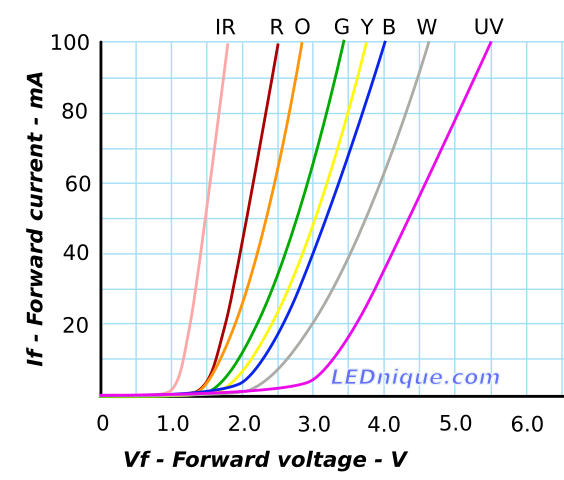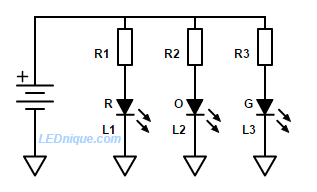I know that if an LEDs are to be connected in a parallel circuit, a resistor must be added to limit the current rate flowing through them. But let's assume that I have blue LEDs with rated forward current of 40 mA and these are connected parallel to 3V power supply. IV curvature shows that for 40 mA it is required forward voltage of 3V, which means that in such a case there is no need for additional resistors, right?
Source: LEDnique - IV curves
Also, if LED have nearly zero resistance, then in case if we add resistor in series with an LED, there will be no voltage drop across LED (all voltage will drop across resistor). As result you cannot reach voltage drop across LED that is greater than forward voltage and current won't flow through it, isn't it so?


